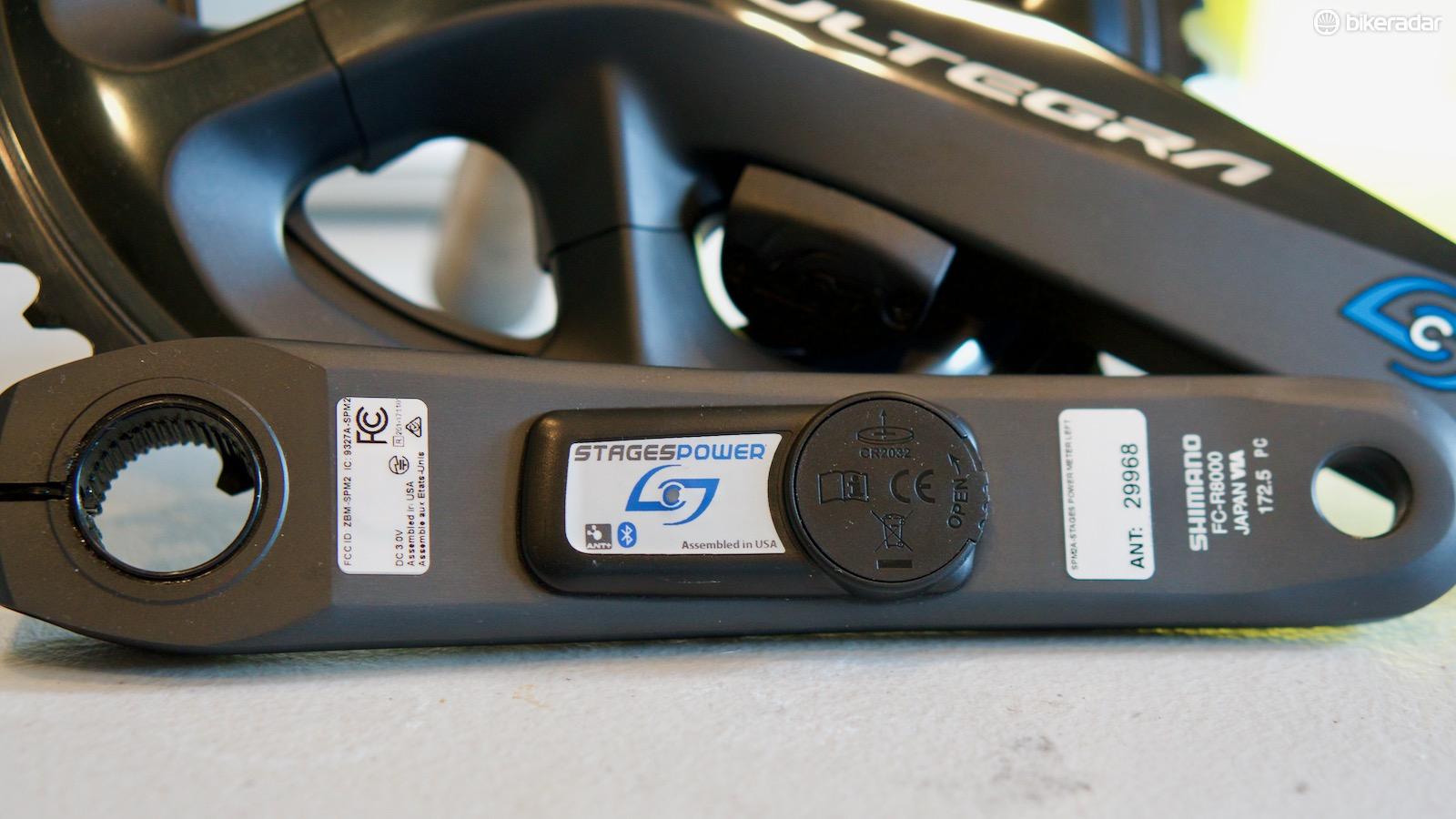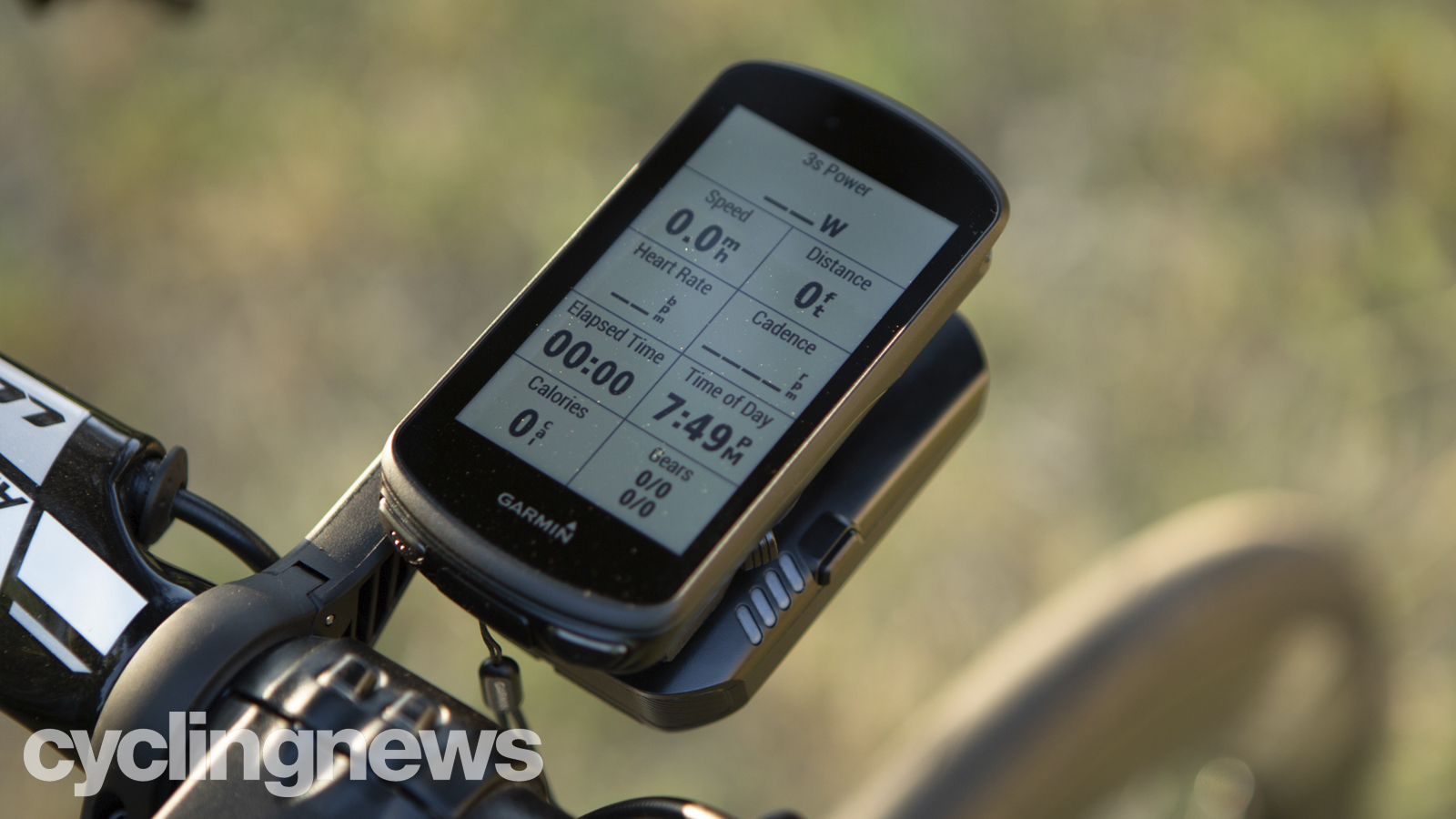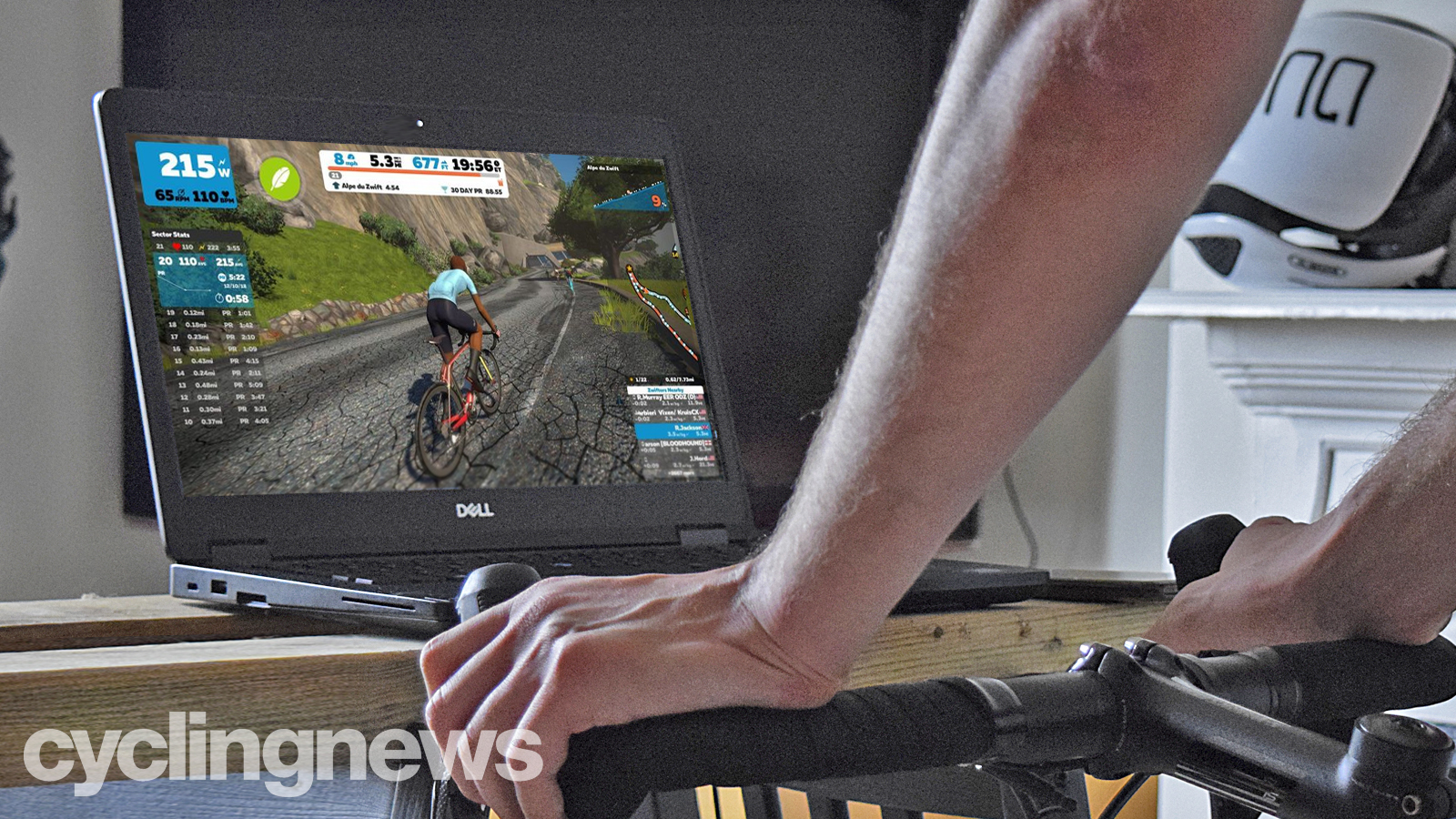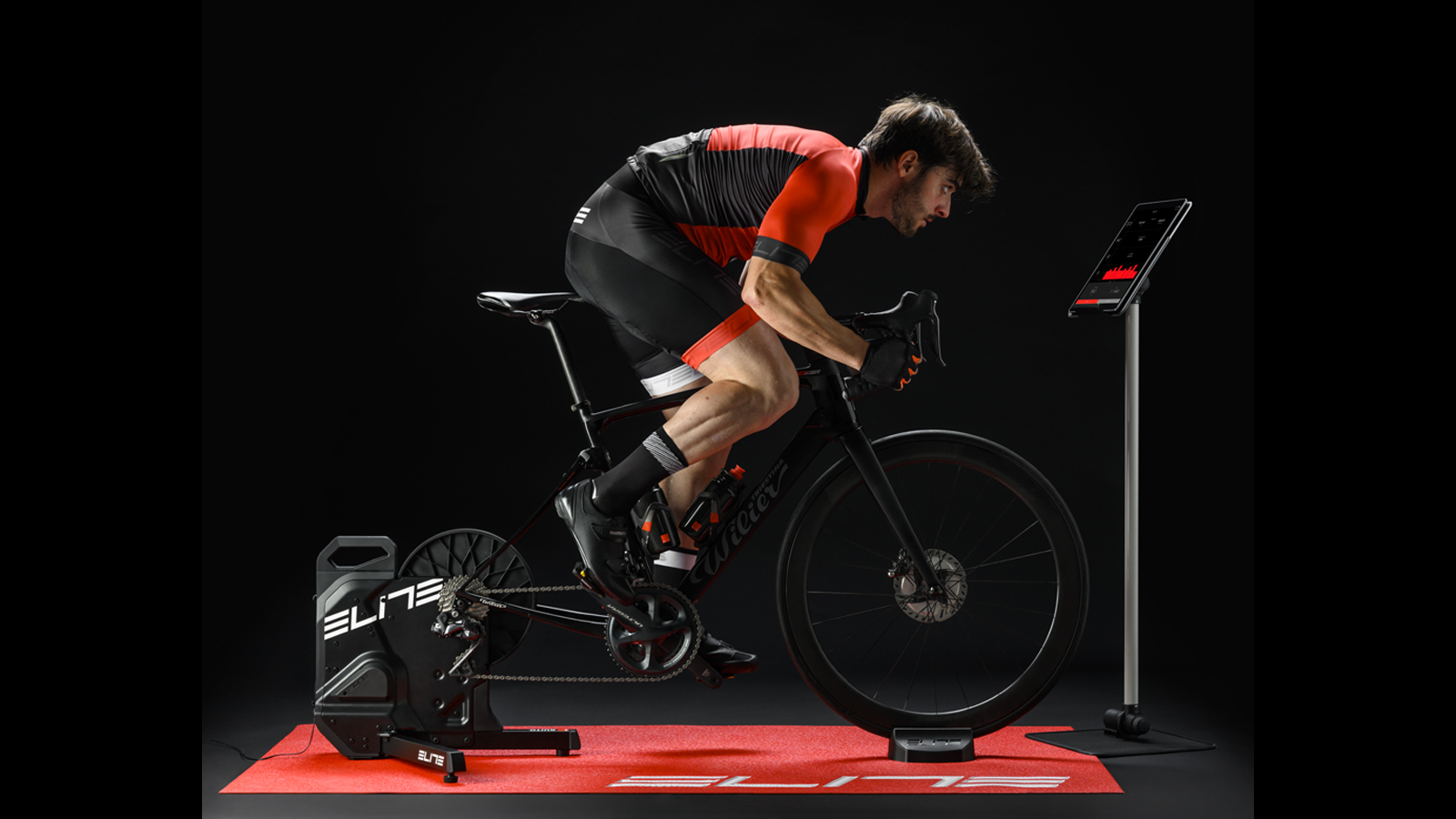What is ANT+ and why do I need it for cycling indoors?
Everything you need to know about the wireless protocol not called Bluetooth

ANT is an acronym for “Advanced and Adaptive Network Technology,” which is a low-energy wireless protocol meant to collect and transfer sensor data. The first generation on ANT sensors would only work with ANT-enabled sensors and not competitors' products; but the second generation, ANT+, works with many different devices regardless of the manufacturer. ANT+ was developed as a lower power version of ANT, and designed specifically for fitness gadgets such as the best heart rate monitors and best power meters.
ANT+ technology allows devices to talk to each other wirelessly, such as a smart trainer connecting to a virtual training app such as Zwift.
The ANT+ wireless protocol is used by many fitness companies including Nike, Adidas, and Fitbit, in addition to the manufacturers of many cycling products. ANT+ sensors and receivers work within a certain physical distance of one another and use nodes to transmit and receive activity.

How ANT+ is used in cycling
Many products such as smart trainers and heart rate monitors have ANT+ icons on them, which indicate that they are ANT+ compatible, and sometimes will tell you their connection status. Many smart trainers have LEDs that turn a certain colour once the trainer is wirelessly connected to another device.
Multiple devices can communicate concurrently using ANT+ wireless protocol, which means that you can use an ANT+ cycling head unit such as a Wahoo Elemnt Bolt to simultaneously read data from a heart rate monitor, power meter, and cadence sensor. Multiple ANT+ enabled devices can operate on the same sub-band of the ANT+ range, which means that you won’t have to worry about interference between your smart trainer and heart rate monitor.

ANT+ vs Bluetooth
ANT+ protocol uses the same frequencies as Wi-Fi and Bluetooth (usually 2.4 GHz), but with a lower transfer rate. Designed as the low power – and low bit-rate – sensor network, ANT+ works in small networks, or short distances, often less than 1.5m (5ft). The maximum range for some ANT sensors is around 30m (100ft), and most support data rates of less than 500Kbps. ANT+ is a subset of ANT, and is much more restricted and limited in its capabilities.
Bluetooth operates at a significantly higher bit-rate and consumes more battery power. This is because Bluetooth is designed for high-consumption devices and applications, such as those used for streaming audio.
Get The Leadout Newsletter
The latest race content, interviews, features, reviews and expert buying guides, direct to your inbox!
ANT+ is optimised for cycling-related technology such as heart rate monitors, power meters, and smart trainers because of its desired battery life, working distance, and processing rates. Another big difference between ANT+ and Bluetooth protocol is the ability for ANT+ broadcasting devices to be picked up by more than one ANT+ receiver. That means that you can connect your heart rate monitor with both Zwift and your head unit without interference.
Bluetooth-enabled devices can only connect with one other device, not multiple like ANT+. For example you can only use Bluetooth to connect your heart rate monitor to one other device, such as Zwift, or a head unit, but not both. However, some devices are built to handle multiple concurrent Bluetooth connections, and Bluetooth can transmit data significantly faster than ANT+, about 16x faster.

ANT+ and indoor trainers
As previously mentioned, ANT+ protocol supports the use and connection of multiple ANT+ supporting devices at the same time. That means that you can measure your power, heart rate, and cadence on the indoor trainer. ANT+ enables us to connect and measure multiple sensors without interference, and without the need for multiple cords or devices to connect them.
Almost all smart trainers use ANT+ and Bluetooth FE-C (Fitness Equipment-Control) technology to wirelessly communicate with other devices such as the best computers and tablets for indoor training, as well as smart TVs and smartphones. The Wahoo Kickr, for example, uses ANT+ technology to connect to training apps on a tablet, such as Zwift. This allows Zwift to wirelessly communicate with the trainer, and automatically adjust the Kickr's resistance to match the gradient in the app.
The FE-C is a control and communications protocol created by the ANT+ organisation that sets a certain standard level of operation for smart trainers and controllers which use the protocol. In other words, ANT+ grants certain products the “FE-C” label as long as they deem the product’s performance to be sufficient for training apps and software, such as Zwift.
It’s a shame that not all of our devices – laptops, smart TVs, tablets – will not automatically connect to ANT+. Most smart trainers nowadays communicate via Bluetooth Smart or ANT+, but in order to connect to another device, that second device needs to enable one of those protocols. If Bluetooth Smart isn’t available, you can use an ANT+ dongle to connect to your smart trainer.
An ANT+ dongle is a small device that fits into a USB port, and serves as an external receiver for ANT+. This wireless connection will allow your laptop to connect to your smart trainer without interfering with any other sensors.
Zach is a freelance writer, the head of ZNehr Coaching, and an elite-level rider in road, track, and e-racing. He writes about everything cycling-related, from buyer's guides to product reviews and feature articles to power analyses. After earning a Bachelor’s Degree in Exercise Science at Marian University-Indianapolis, Zach discovered a passion for writing that soon turned into a full-fledged career. In between articles, Zach spends his time working with endurance athletes of all abilities and ages at ZNehr Coaching. After entering the sport at age 17, Zach went on to have a wonderful road racing career that included winning the 2017 Collegiate National Time Trial Championships and a 9th place finish at the 2019 US Pro National Time Trial Championships. Nowadays, Zach spends most of his ride time indoors with NeXT eSport.